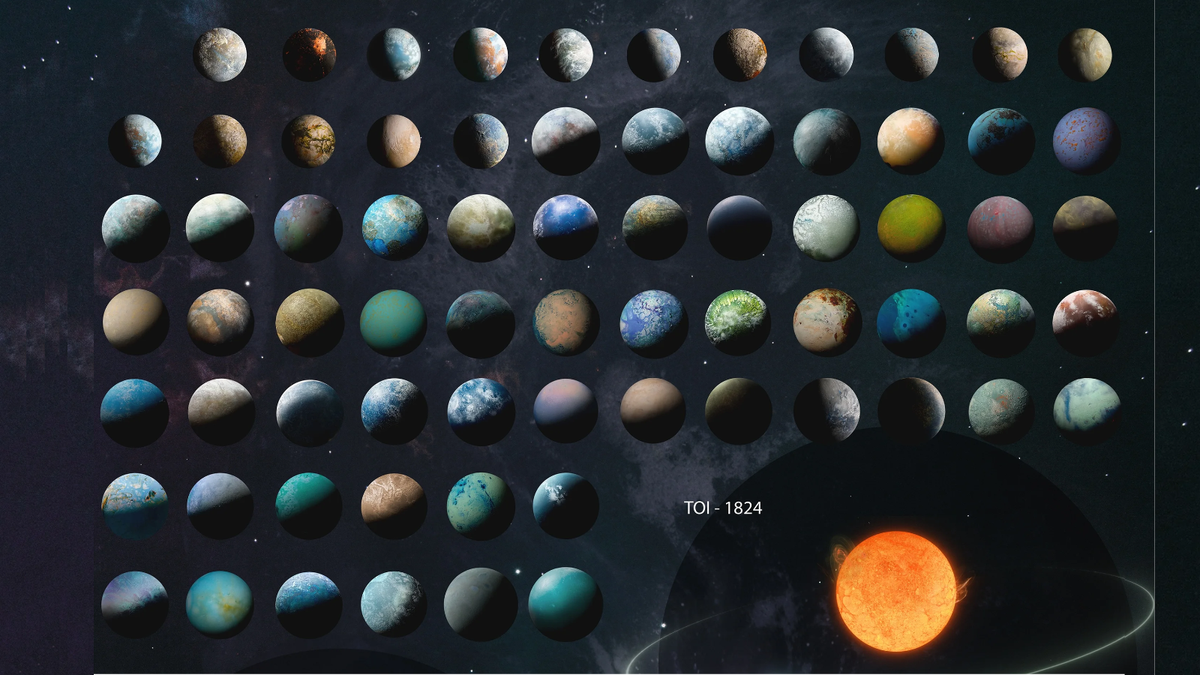 More details: Visit website
More details: Visit websiteThe catalog's mix of planets is further evidence of the wide and wild variety of worlds beyond our cosmic backyard; it even shows that our solar system is perhaps a little boring. Yet, despite these planets being so different than Earth and its neighbors, maybe they can still help us better understand why our planetary system looks the way it does, thus uncovering our place in the wider cosmos.
The catalog of extrasolar planets, or " exoplanets ," was created using data from NASA's Transiting Exoplanet Survey Satellite (TESS) in collaboration with the W.M. Keck Observatory in Hawaii .
"With this information, we can begin to answer questions about where our solar system fits into the grand tapestry of other planetary systems," Stephen Kane, TESS-Keck Survey Principal Investigator and an astrophysicist at the University of California, Riverside, said in a statement .
The new TESS-Keck Survey of 126 exoplanets really stands apart from previous exoplanet surveys because it contains complex data about the majority of planets included.
"Relatively few of the previously known exoplanets have a measurement of both the mass and the radius," Kane added. "The combination of these measurements tells us what the planets could be made of and how they formed."
The catalog was built over the course of three years as the team used 13,000 measurements of tiny "wobbles" that planets cause as they orbit their stars and exert a tiny gravitational tug on them. This tug causes a star to move slightly away, then slightly toward, Earth.
When stars are pulled slightly away, this stretches the wavelengths of light they emit, moving them toward the "red end" of the electromagnetic spectrum. When stars move toward Earth, the wavelength of the light they omit is slightly compressed, making it "bluer."
No comments:
Post a Comment